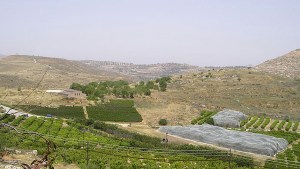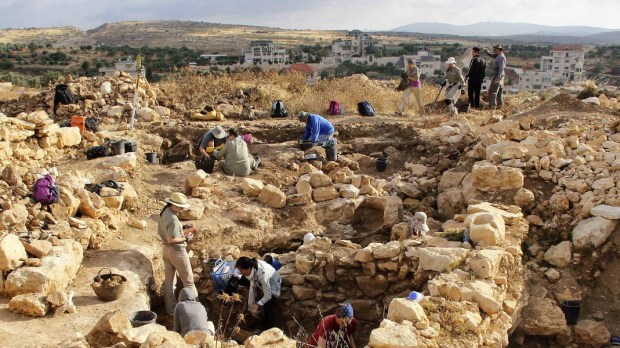Lenten Campaign 2025
This content is free of charge, as are all our articles.
Support us with a donation that is tax-deductible and enable us to continue to reach millions of readers.
A team of archeaologists led by Dr. Scott Stripling are excited to report that they they may have found the location of the biblical city of Ai from the Old Testament. The effort, conducted by the Associates for Biblical Research, is reported to have taken nearly a decade an a half to complete.

Read more:
Can the Bible be used as a historical guide? One archaeologist thinks so
According to Sputnik News Stripling said:
“There were 14 years of difficult digging with an 8-year hiatus due to the Intifada,” Stripling said, referring to the Palestinian uprising against Israel. “We suffered from constant vandalism. But we persevered and did an excellent job of excavating.”
The ancient city of Ai was a Caananite stronghold and the the location of a decisive victory of the Israelites. The account of the Israelites’ ambush of the city was recorded in the Book of Joshua.
It was previously thought that the ruins of the city were located near el-Tell in the West Bank. Stripling and his team, however, now claim the city to be located at Khirbet el-Maqatir. In Joshua, the Israelites were said to stage the attack while hiding in a depression to the west of the city. Stripling believes present-day Wadi Sheban could be this staging ground, as it lies just to the west of the site.
The team’s findings are expected to be fully published later this year, with what Stripling describes as “compelling evidence.” Stripling and his team are well known for using the biblical narratives to guide their archaeological digs. He believes the Bible is brimming with clues that are just waiting to be investigated.
He told the Daily Star that he is a Christian and that his work has only deepened his faith:
“My work in archaeology in Israel has affected me profoundly as a believer,” he said. “I already believed in the Bible, but as the years go by I have seen hundreds of examples of synchronization between the material culture we are excavating and what I read in the text. This is a constant reminder that there is a God and that he left a record of his work in history.”
Here Dr. Stripling describes a few of the indicators they discovered, and makes an argument for the authenticity of biblical narratives as historical evidence.

